Teen Services 101: What Do We Know About Teen Programming?
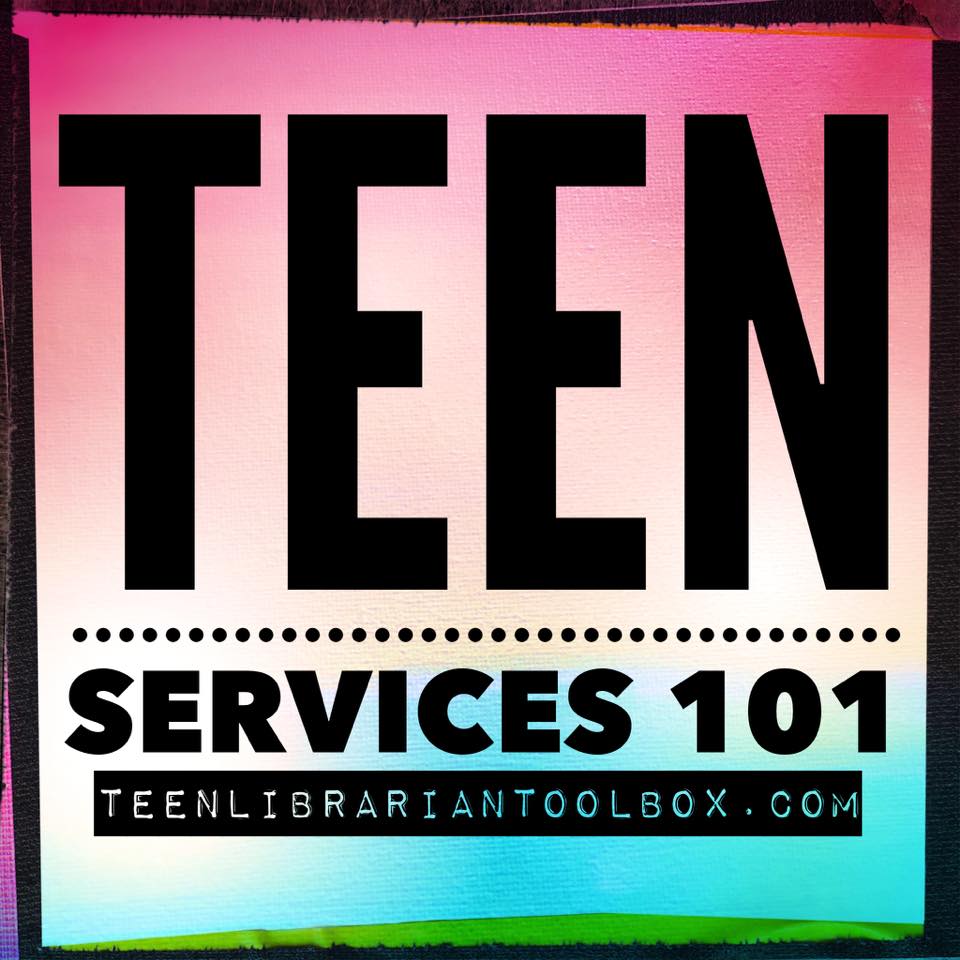
Today I am ready to resume our Teen Services 101 discussion (I’ll put all the previous posts at the end of this one) by talking about Teen Programming. Programming, as you know, is an important part of teen services. Here we discuss some of our thoughts regarding teen programming. I am specifically going to share with you some things that we – and here by we I mean teen librarians who answered an online survey – have found to be true of teen programming likes and dislikes. Specifically, in broad categories, I’m going to share with you what is often most successful and what is often least successful when it comes to teen programming in public libraries. Please keep in mind that there are always outliers and exceptions, but as a general rule, this is what we find tends to work or not with teens and programming.
How this data was collated: 1) Around 50 teen/YA librarians responded to a very informal poll and discussion about what has worked or not worked for them regarding teen programming, 2) this list was then vetted by 10 of my closest peers and respected YA/teen services librarians, and 3) this has been proven true time and time again in my 26 years of working with teens. It’s a curated list of best practices presented to you with the knowledge that as with all things, it’s not a hard and fast rule, but it is a good reference point.
ADVERTISEMENT
ADVERTISEMENT
Things that typically prove successful with teens and programming
Programs that offer opportunities for self-expression
There is a reason that I know 22 different ways to make a t-shirt: t-shirts are a great way to get teens engaged with making and programming while also giving them an opportunity for self expression. Poetry, journals, digital media, etc – these are all programs that have been successful for me time and time again. Teens are going through a tremendous amount of identity exploration and they seem to enjoy creative opportunities where they can embrace and express who they are.
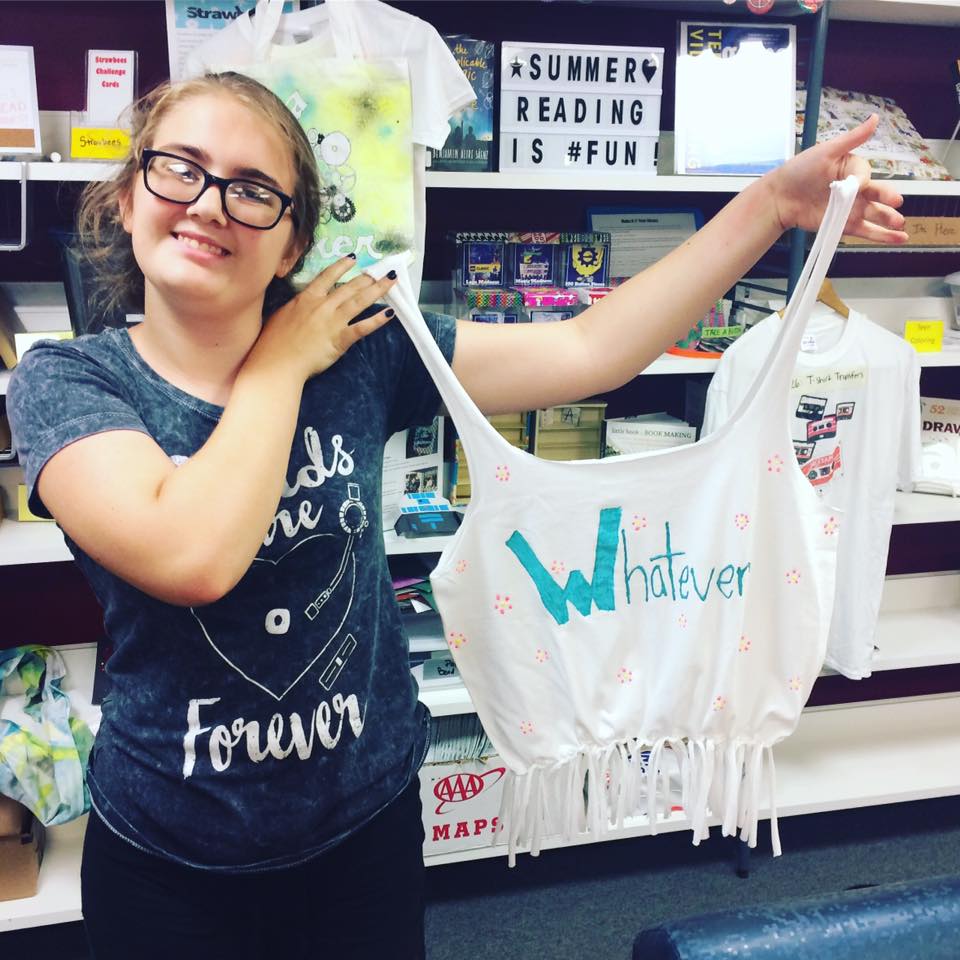
Popular culture tie-ins
Some of my most popular and well attended programs have been Harry Potter, Doctor Who and Sherlock related. The trick is you have to pay attention to what your teens are into and strike while the iron is hot. Sometimes this means putting together a quick, last minute program. Cindy Shutts recently shared a WWE program that she did with her teens, something that would not have occurred to me but demonstrates the value of knowing your teens and responding to their interests in a timely manner. Take a few moments each day to talk with your teens, discover what they love, and tie your programming into these things. This simple act communicates respect and value while inviting your teens to have fun with you in the library.
Escape rooms
Escape rooms are fun ways to get teens into the library to work together as teams and engage in creatively problem solving while having fun. I find these to be slightly similar to interactive murder mysteries, which I have also successfully hosted in the past. There is something fun about solving puzzles, following a trail of clues, and trying to escape a room or solve a mystery.
Maker programs
You do not have to have a dedicated makerspace to host a maker program. In fact, a large amount of teen program has always been maker related. Crafting, DIY – it’s all a maker program and they are popular for a reason. The best part about maker programs is that teens usually have something to take home with them. Also, they are another way to get teens engaged in creative self-expression as mentioned above.

Craft programs
See above. Crafting is making – and it is popular. A bulk of my programming over the past 26 has involved crafting or marking of some type in large part because that is what has always been the most attended type of programming for me. Also, most people like having something fun to take home.
Gaming (tabletop and electronic)
Gaming of any variety has always been fun and popular with teens. It’s not necessarily quiet, so chose your space and time accordingly. There is a ton of research out there about the various benefits of both types of gaming and I urge you to look into it if you need to make a defense to admin about why gaming should be a part of your teen programming.

Trivia events
I love a good trivia night! Stump the librarian, popular culture trivia nights, general trivia nights – there are a lot of ways you can incoporate trivia events into your teen programming. They can be an event in and of themselve or a part of a wider themed event. For example, most Harry Potter programs usually have a trivia component to them. I highly recommend hosting trivia events with your teens.
Life size games
I was turned on to life size games when Heather Booth blogged here about Life Size Angry Birds. I repeated that program multiple times while the game was popular and it is a lot of fun. I have seen various posts about life size chess, Candy Land, Hungry Hungry Hippos and more. These games are fun because they make something little quite big and tap into childhood nostalgia.
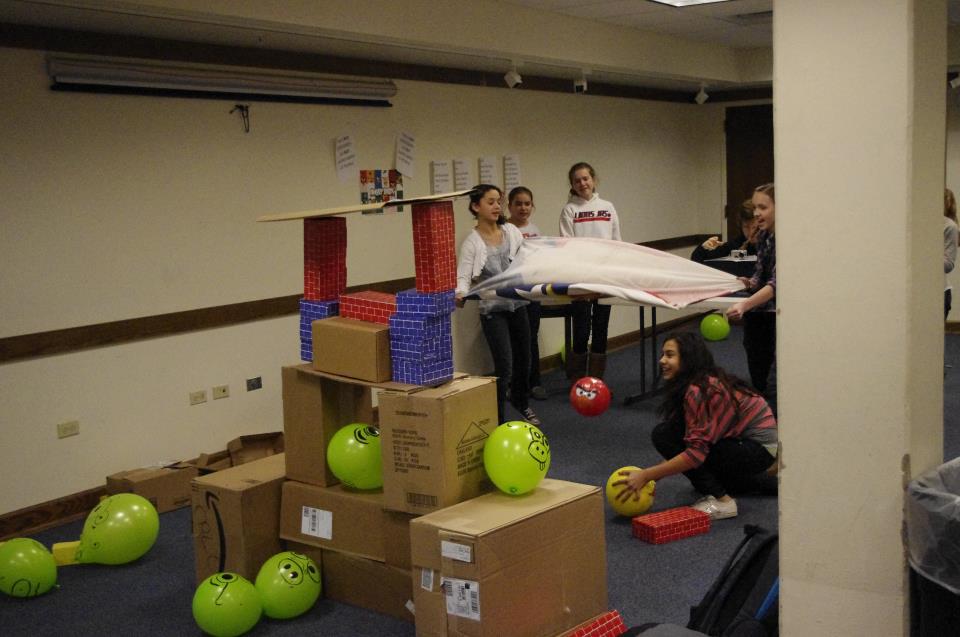
Childhood nostalgia
When one of my previous makerspace assistants suggested that we put a perler bead station in the makerspace, I argued that it was too juvenile for teens. I was proven wrong. Time and time again my teens remind me that as they sit on the cusp between childhood and adulthood, they often like to do things that are childlike or remind them of their childhood. Sometimes teens just want a moment to dive back into the carefree moments of their childhood.
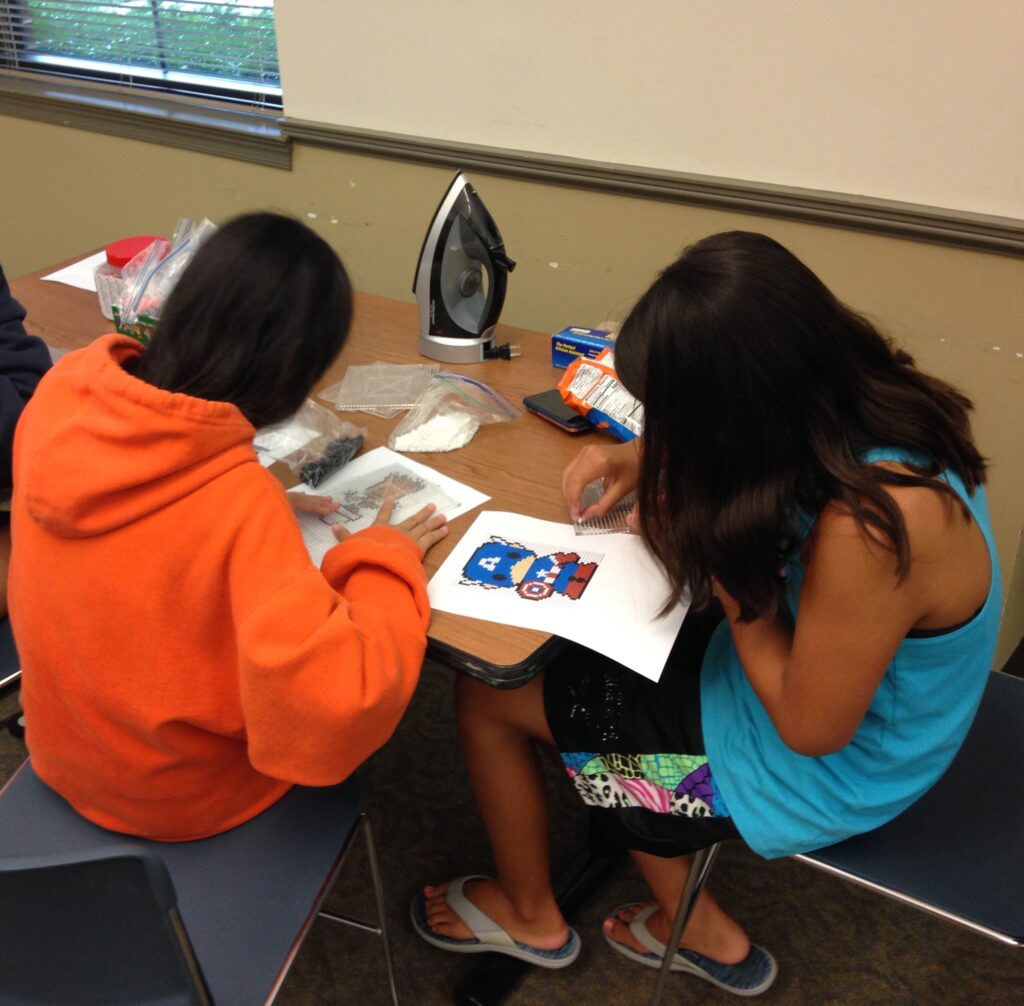
Food
I have mixed feelings about food and programming. One in twelve people has a food allergy, some of them life threatening, and my child is one of them. I hate the way everything in our world is food based as it can exclude a lot of people. At the same time, I know that 1 in 5 children goes to bed hungry so having food at a program, even in a fun way, can be a great way to help address this situation. And food based programming is fun and popular. Cupcake Wars like events have proven popular for me, for example. What I would recommend here is to be mindful of food allergies – know what the top 8 food allergens are – and make sure and provide a variety of options so that participants can partake safely. You’ll want to make sure your advertising makes it clear that food will be present and keep all packaging so participants can look at the ingredients listings if necessary. Also, because of the prevalence of deadly peanut allergies, I highly recommend not having any peanuts or peanut butter. You’ll also want to be aware of what the food handling laws in your immediate area are before introducing food at your library.
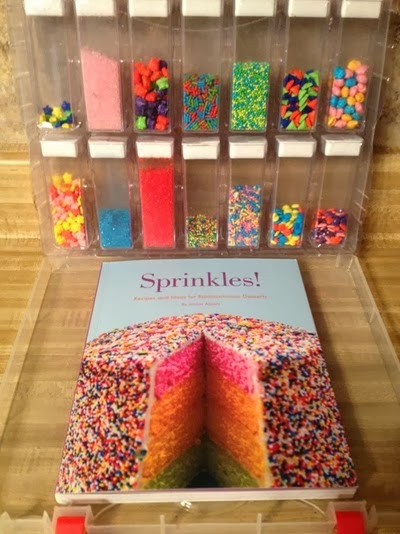
Things that typically prove unsuccessful with teens and programming in public libraries
So what doesn’t work as well when it comes to teens and library programming? Well, we’re going to talk about that. And I’m sorry to say, I’m going to have a moment of heresy here.
Teen book clubs in public libraries (more successful in school libraries)
I feel like this is heresy to say, but in my experience it is very hard to host a successful teen book club in a public library. It’s not impossible, I know, for example, that Amanda MacGregor has hosted a successful book club both in the public and now in the school library. I have tried and failed to start three book clubs at three different locations. I know only a handful of public librarians that have led successful book clubs in a public library setting. Many respondents to my survey have also indicated that they too have been unsuccessful at book discussion clubs/groups. Those that are successful indicated that they partnered with the local school and did it on the school grounds and teachers offered extra credit for participating. Like I said, your mileage may vary, but I definitely wouldn’t start with this if you are trying to start putting together some teen programming.
So what about the books? We’re going to talk more on Wednesday about how to tie books and reading into our teen programming in creative ways.
Information sessions/lecture type programs
ADVERTISEMENT
ADVERTISEMENT
Again, there are always exceptions here, but on the whole, teens seem the least interested in attending information sessions or lecture type programs. I know that Heather Booth has hosted some well attended career panels, proving that this is not a hard and fast rule. Irving Public Library hosts author panel discussions that have well over 100 teens in attendance. But over the course of 26 years, my least attended programs have always been something that was more education based.
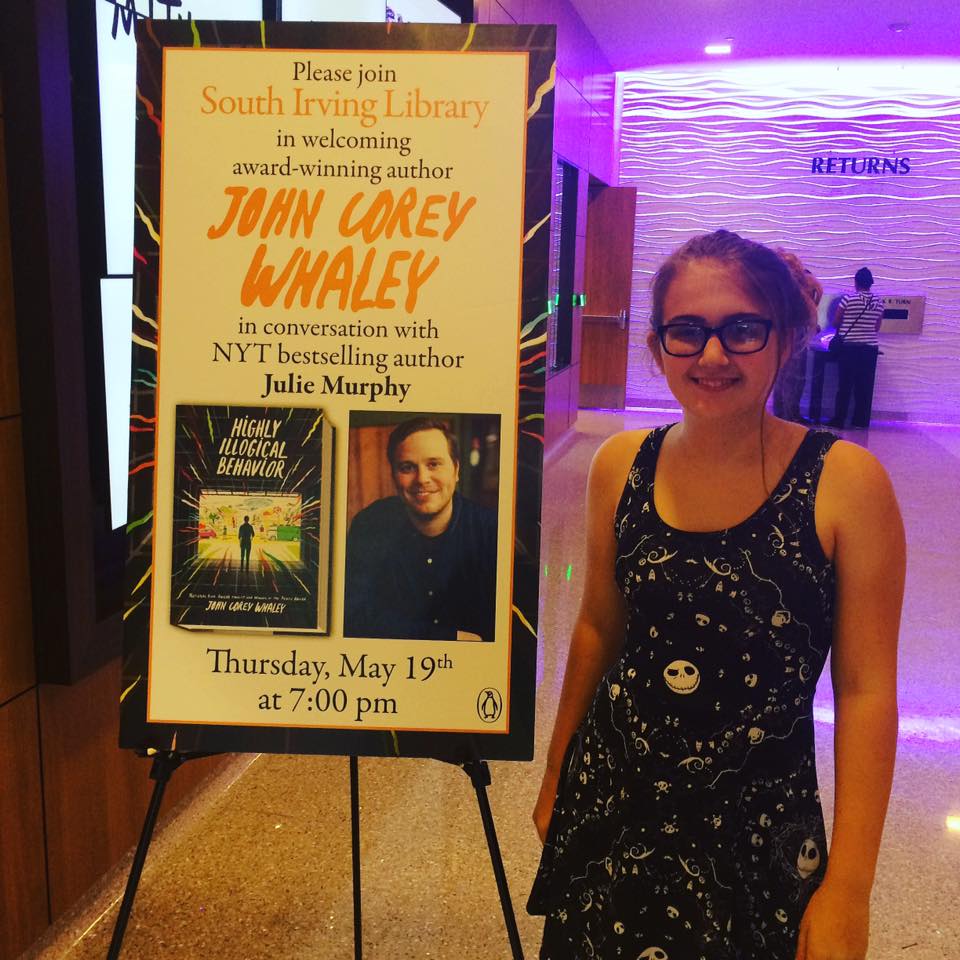
Things without a lot of personal choices involved
I have also found that the more personal choice a teen has, the more successful a teen program will be. For example, if you are going to host a craft program, consider offering a choice of five programs instead of one so that a teen can choose what they do within that time and space. Having some stations as opposed to one activity chosen and dictated by an adult seems to have more teen appeal. Whenever you can in whatever way you can, open up your teen programming to allow teens to make more personal choices within that time and space. We all like restaurants that have more on the menu as opposed to less, so think of programming in the same way.
Things that feel too much like more hours in school
The number one response I got when I asked my fellow teen/YA librarians about teen programming was this: it can’t be anything like school. By the time our teens come into the public library, they have already spent eight hours in school and the last thing they want is to be involved in anything that resembles school. I’m not saying here that programming can’t, isn’t or shouldn’t be educational, what I am saying is that it should help teens achieve educational goals in fun ways. But also, keep in mind, teens deserve recreational opportunities and downtime just as much as any other group.
And there you have it, a brief overview of what overwhelmingly tends to work and not work when it comes to teen programming in public libraries. As I mentioned in my introduction, there are always exceptions. These are not hard and fast rules, they are more here’s what we know and think based on experience and current best practices. Your mileage may vary and you should definitely do what works best for your patrons.
What tips, tricks, stories and experiences do you have to share with us? Please comment below and share your thoughts.
I’m just getting started, what do I need to be successful?
Foundations: Understanding Teens Today
What Do Teens Want from Libraries Today?
The Challenges and Rewards of Serving Teens Today
Filed under: Teen Programming, Uncategorized
About Karen Jensen, MLS
Karen Jensen has been a Teen Services Librarian for almost 32 years. She created TLT in 2011 and is the co-editor of The Whole Library Handbook: Teen Services with Heather Booth (ALA Editions, 2014).
ADVERTISEMENT
ADVERTISEMENT
SLJ Blog Network
Top 10 Circulated Nonfiction of the ’24-’25 School Year
Fuse 8 n’ Kate: Mr. Lunch Takes a Plane Ride by J. Otto Seibold and Vivian Walsh
101 Dalmations: Lucky’s Guard | News & Preview
When Book Bans are a Form of Discrimination, What is the Path to Justice?
Pably Cartaya visits The Yarn
ADVERTISEMENT

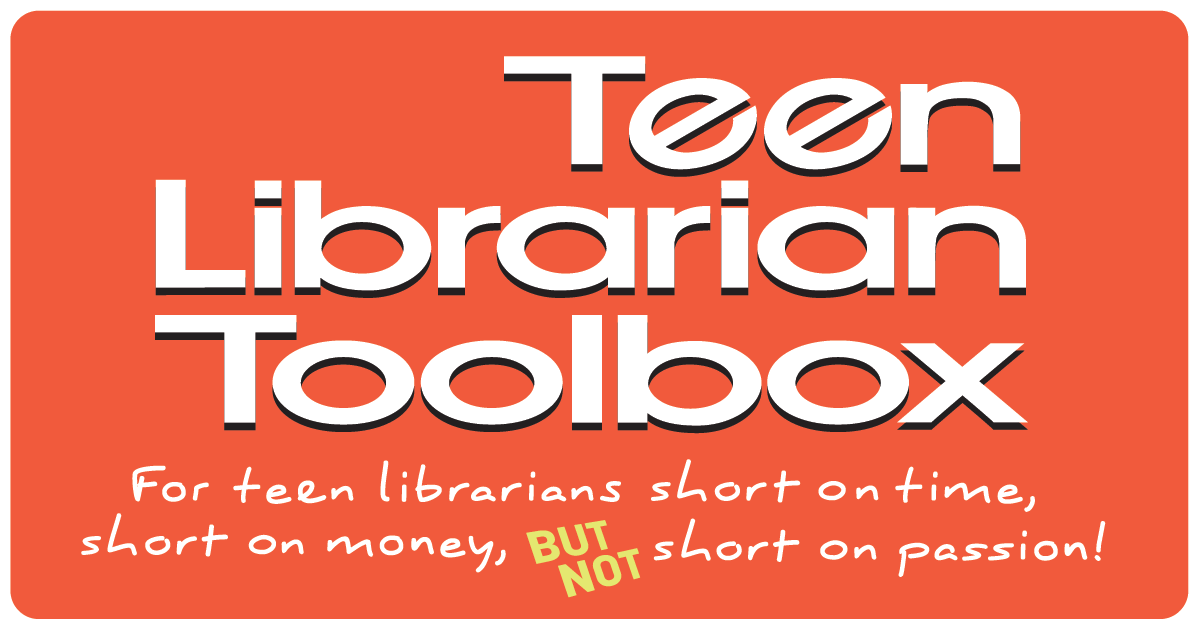






Love it and agree with so many of these. I tried doing SAT practice club and book clubs and it was crickets. On the other hand, my regular Escape Rooms are always full. Sharpie Art was a big success. After School Snack Club was a win, but it was kids without food allergies who tended to show up to that. We also are lucky to have a professional animator in the area and he ran a very successful 8 week stop motion animation class and will be doing a Super 8 Film Class this summer. Registration just opened and that class is almost full.
This post is making me think of the fall. Childhood nostalgia club might be fun. I’m also thinking it’s time for my Escape Room kids to jump into making them with me…and possibly schedule to run the escape room for their parents?
Apparently Dungeons and Dragons is hot again, speaking of games, and that would be perfect for a teen library program!